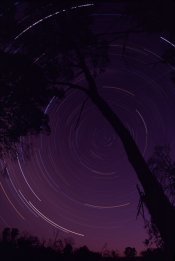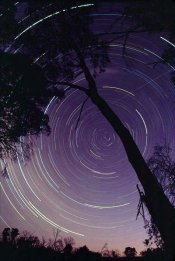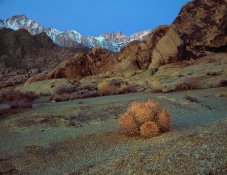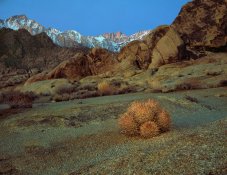ziyanglai
Hello everyone, I did a 25 minute exposure a days ago WITHOUT any color correcting filters at all on RVP 100. When I got my film back from the lab, the colors shifted purple (Just on the long exposure shot, nothing else. The lab processed the film correctly, new film).
I just read on on Fuji's data sheet and various sites that when shooting on RVP 50 (not 100), and when doing long exposures, you'll need a magenta color correcting filter.
So when doing long exposures, the colors on RVP 50 shifts green and on RVP 100, it shifts purple?
Can someone verify this? I have shot both 50 and 100, but have never done long exposures on RVP 50. I would like to know if it will shift green.
Thanks everyone.
Sent from my iPhone using Tapatalk
I just read on on Fuji's data sheet and various sites that when shooting on RVP 50 (not 100), and when doing long exposures, you'll need a magenta color correcting filter.
So when doing long exposures, the colors on RVP 50 shifts green and on RVP 100, it shifts purple?
Can someone verify this? I have shot both 50 and 100, but have never done long exposures on RVP 50. I would like to know if it will shift green.
Thanks everyone.
Sent from my iPhone using Tapatalk


















